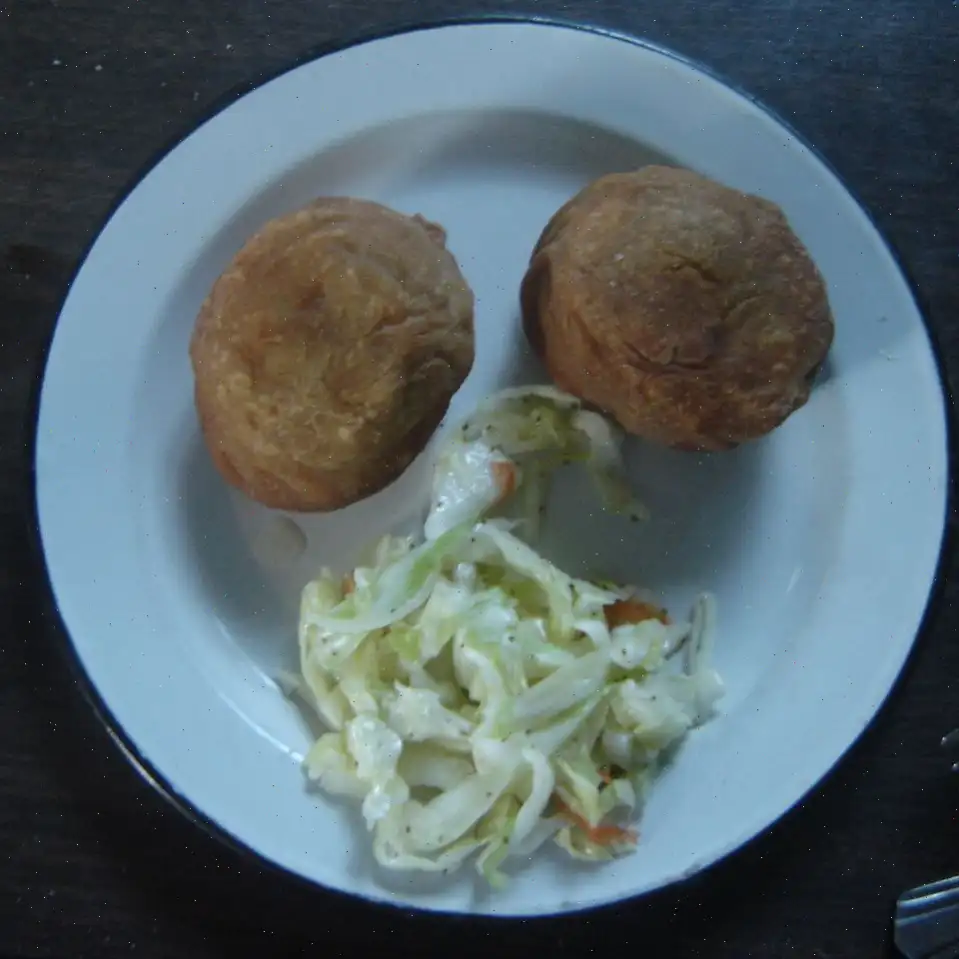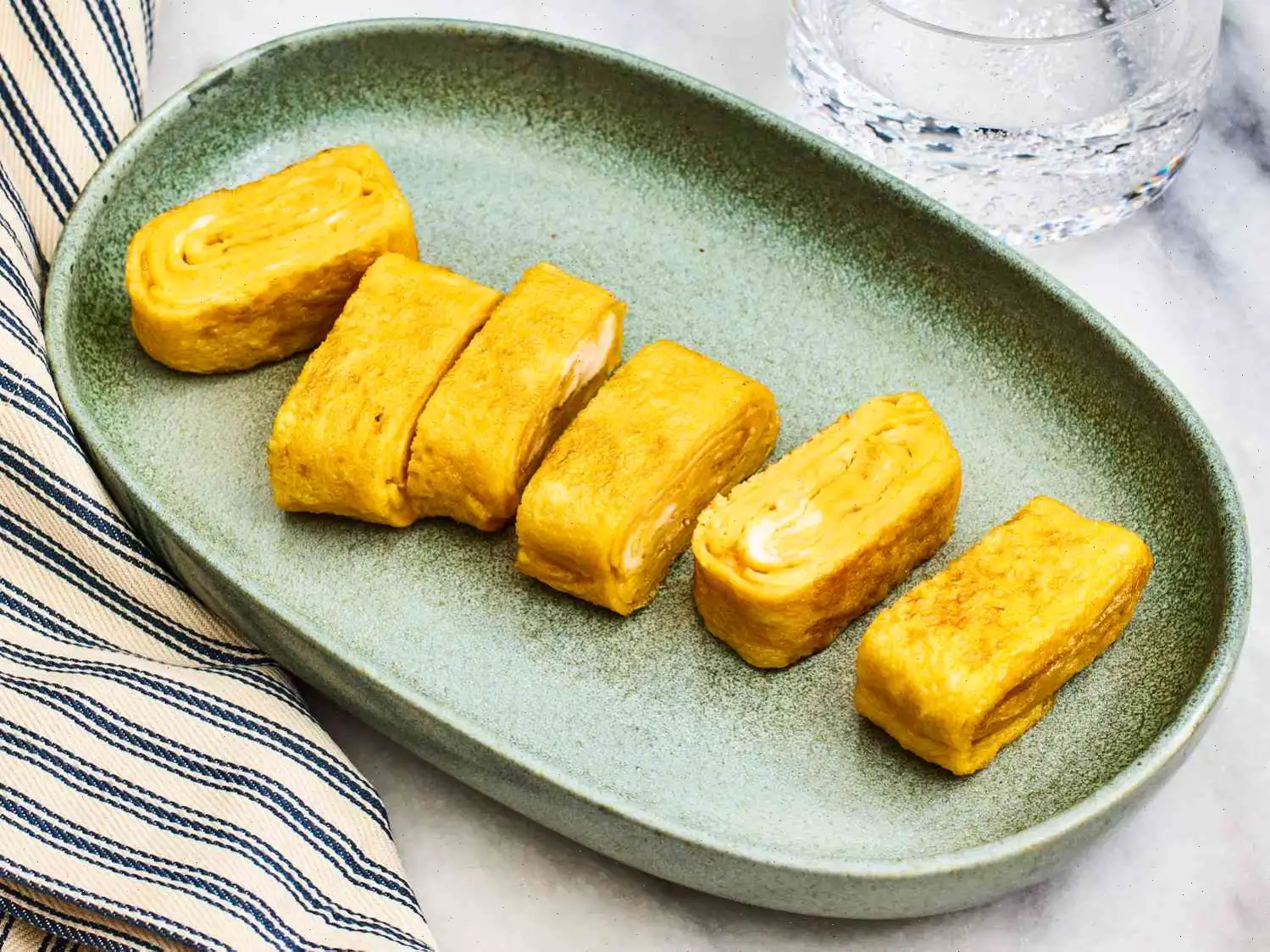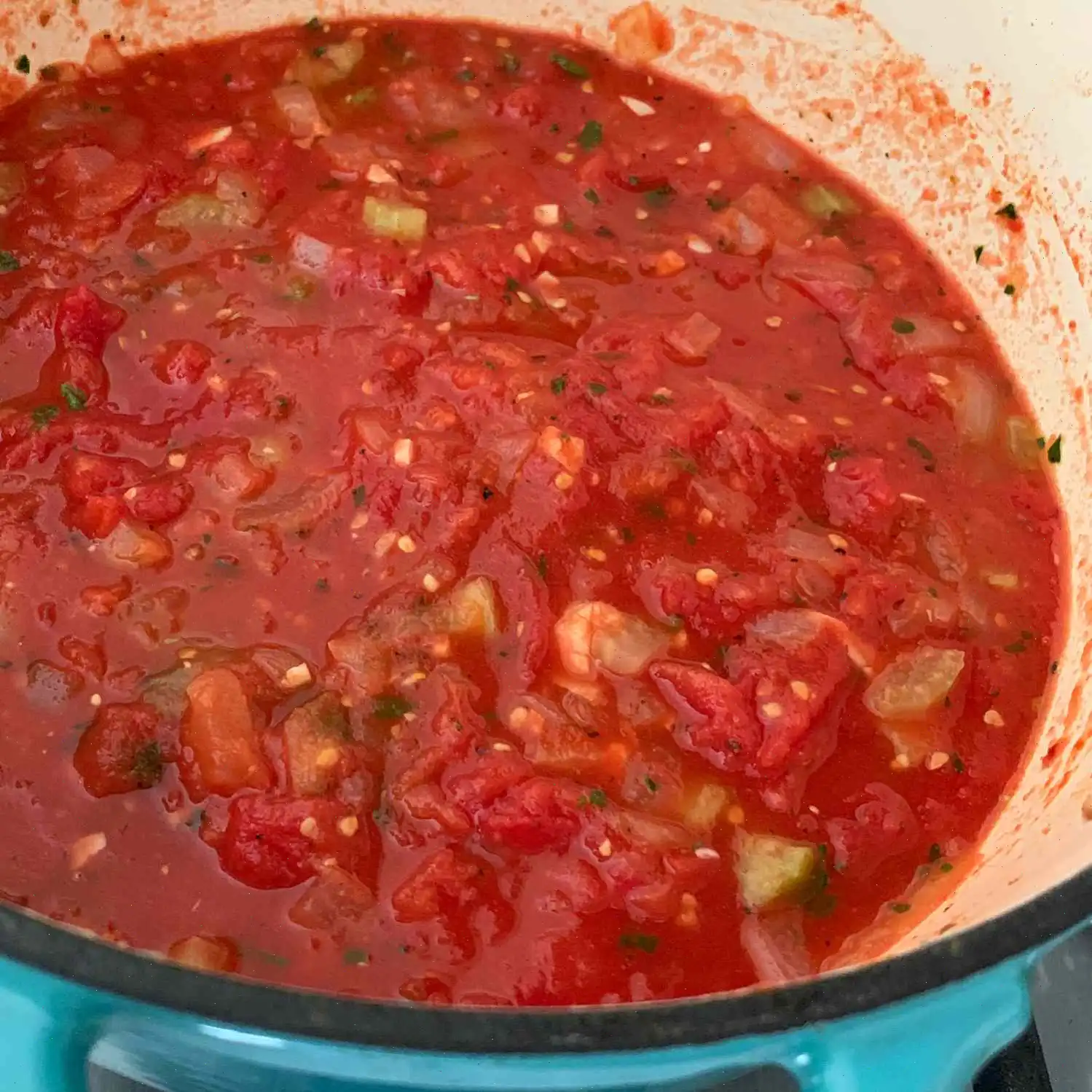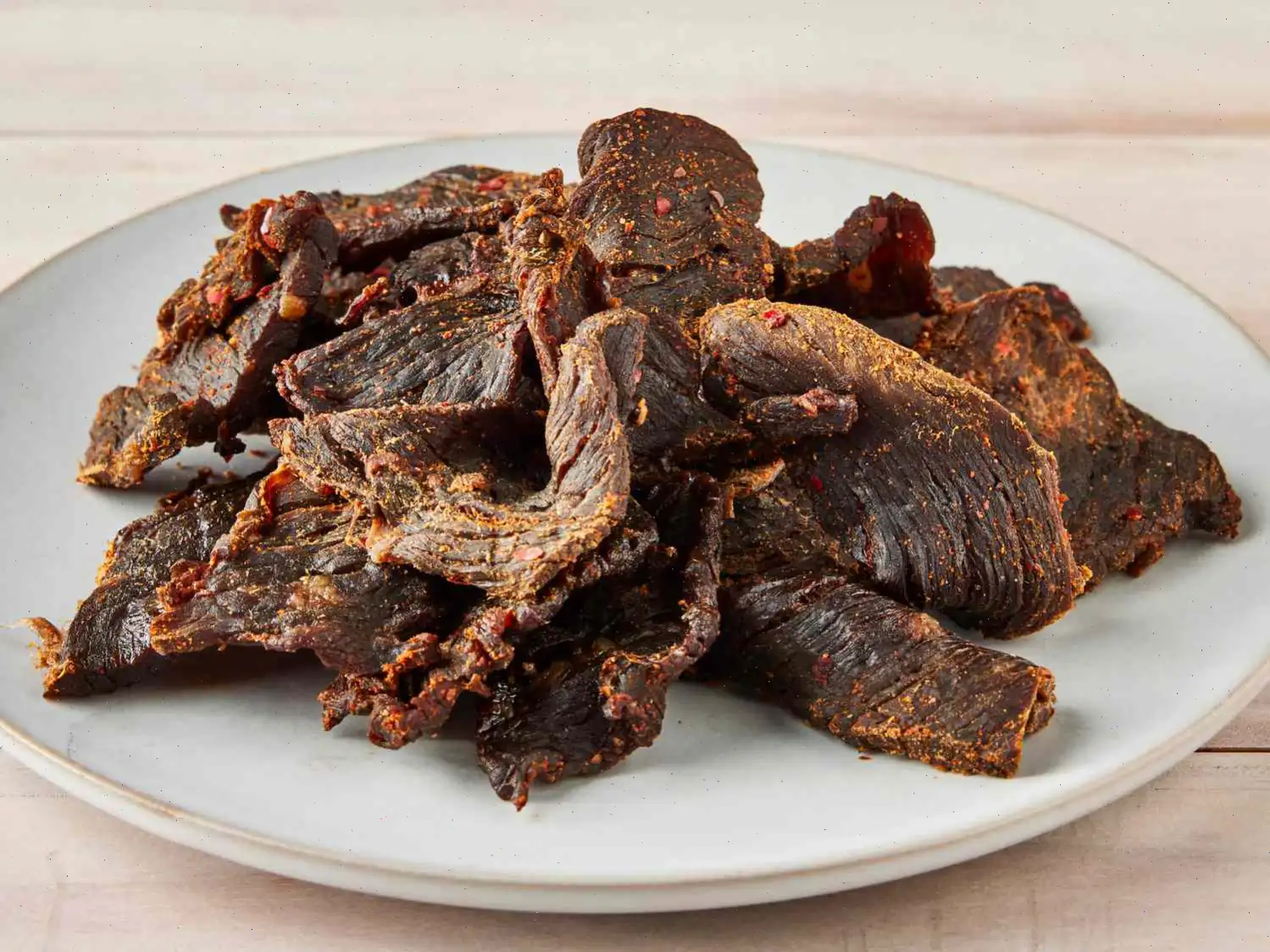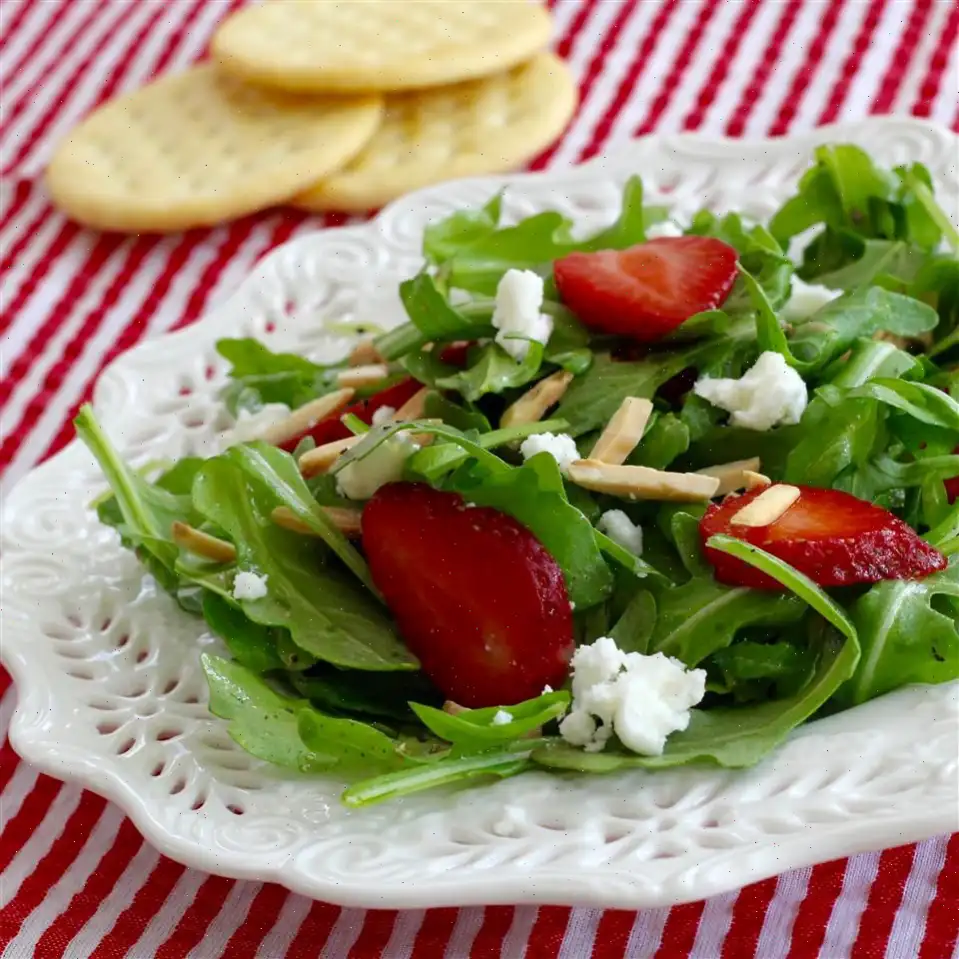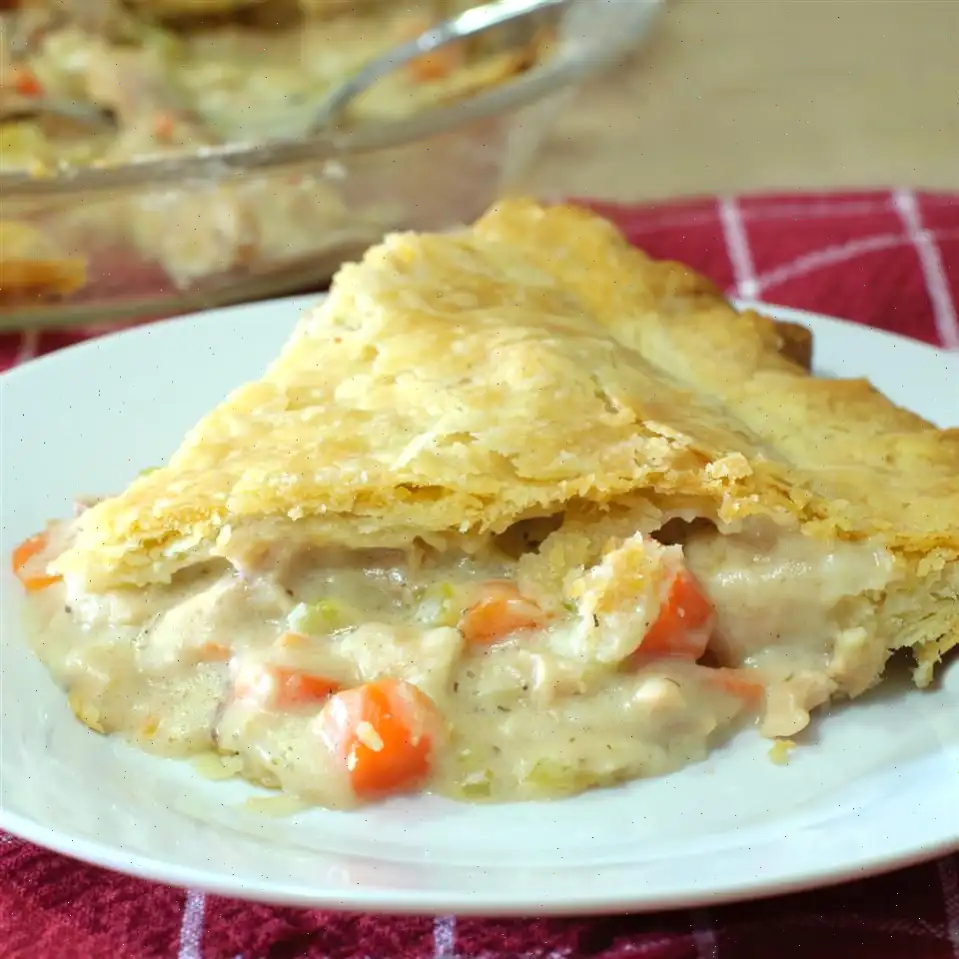
Fleischkuechle (Flesh-Keek-Luh) Recipe
Ingredients
- 6 cups all-purpose flour
- 2 teaspoons salt
- 3 eggs
- 2 cups milk
- 8 ounces extra lean ground beef
- 1 small onion, diced
- 1 teaspoon salt
- 1 teaspoon ground black pepper
- 1 quart oil for deep frying
Directions
- In a medium bowl, mix together the ground beef, diced onion, salt, and pepper until well blended. Set aside.
- In a large bowl, combine the flour and salt. Add the eggs and milk, then stir the mixture until smooth using a sturdy spoon.
- Form the dough into 2-inch balls, then roll them out into circles, about 1/4 inch thick, on a floured surface.
- Shape the ground beef mixture into golf ball-sized portions, and place one portion on one half of each dough circle.
- Fold the other half of the dough over the beef to form a pocket. Seal the edges by pressing with your fingers or using a saucer to crimp them tightly.
- Heat the oil in a deep fryer to 365F (185C), or in a large deep skillet over medium-high heat.
- Carefully fry the Keuchle until golden brown, turning once. Each batch should take around 10 minutes to cook thoroughly.
Nutrition Facts
| Nutrient | Amount per Serving | % Daily Value* |
|---|---|---|
| Calories | 1131 | - |
| Total Fat | 92g | 118% |
| Saturated Fat | 13g | 66% |
| Cholesterol | 74mg | 25% |
| Sodium | 755mg | 33% |
| Total Carbohydrate | 61g | 22% |
| Dietary Fiber | 2g | 8% |
| Total Sugars | 3g | - |
| Protein | 16g | 32% |
| Vitamin C | 1mg | 1% |
| Calcium | 79mg | 6% |
| Iron | 4mg | 22% |
| Potassium | 188mg | 4% |
* Percent Daily Values are based on a 2,000 calorie diet. Your daily values may be higher or lower depending on your calorie needs.
Fleischkuechle, a deep-fried meat-filled dough, holds a special place in German culinary traditions. This hearty dish has traveled far from its origins, captivating the palates of many across the world. Known for its crispy, golden exterior and juicy beef filling, its often associated with family gatherings and cultural celebrations. Lets dive into the history, regional nuances, and cultural significance of this dish, and see what makes it so beloved.
History of Fleischkuechle
Fleischkuechle's roots can be traced back to the German immigrants who brought their culinary traditions with them to the United States, particularly to North Dakota, Montana, and other parts of the Midwest. The dish is thought to have originated from German-speaking communities in Russia (Germans from Russia), where it was commonly prepared using leftover bread and simple ingredients like ground meat, onions, and spices. In fact, many German-American families continue to make Fleischkuechle as a cherished part of their heritage.
Regional Variations
While the basic concept of Fleischkuechle remains consistentground meat wrapped in dough and friedthere are regional variations in terms of how it is prepared. In parts of Germany, especially in Bavaria, the dish is often made with day-old bread soaked in milk, resulting in a softer texture. In North Dakota and Montana, where many Germans from Russia settled, Fleischkuechle is frequently made with a thicker dough and deep-fried, reflecting the hearty agricultural lifestyle of the area.
Differences from Similar Dishes
Fleischkuechle is often compared to similar dumpling or meat pastry dishes, such as pasties from the UK or empanadas from Spain. However, what sets Fleischkuechle apart is its use of a thick dough that encases a ball of seasoned ground beef, often deep-fried to a crispy perfection. In comparison, empanadas typically have a thinner dough and are often baked instead of fried. Pasties, on the other hand, are larger, typically stuffed with a combination of meat and vegetables, whereas Fleischkuechle focuses primarily on the meat, with minimal fillings beyond the basic seasoning.
Where is Fleischkuechle Typically Served?
Fleischkuechle is commonly served as a hearty meal or snack in both Germany and the United States. In rural North Dakota and Montana, its a staple at community gatherings, especially during harvest time when workers needed filling, portable meals. Its also a popular dish during German festivals and Oktoberfest celebrations, where it can be found alongside bratwurst and pretzels. In family homes, Fleischkuechle is often enjoyed with a side of mashed potatoes, pickles, or sauerkraut, balancing the rich and savory flavors of the meat.
Interesting Facts About Fleischkuechle
- Fleischkuechle is sometimes called "meat pies" in the United States, though this term is often used to refer to other dishes.
- In North Dakota, it is common to serve Fleischkuechle with ketchup, a practice that may seem unusual to some but is beloved by locals.
- While some recipes call for additional fillings, such as cheese or vegetables, traditional Fleischkuechle relies solely on ground meat and simple seasonings to keep the focus on the beef's flavor.
- The dish is particularly nostalgic for many German-American families, evoking memories of grandmothers and great-grandmothers preparing it during holidays and special occasions.
- Fleischkuechle's unique texture is achieved through the careful balance of dough thickness and deep frying, creating a crispy exterior that contrasts with the juicy, flavorful beef filling.
FAQ about Fleischkuechle (Flesh-Keek-Luh) Recipe
Comments
Jacob Gomez
01/25/2024 12:38:19 AM
The photo displayed does not accurately represent the traditional way of making fleischkuechle in this region (I'm also from ND). The recipe overlooks the important step of flattening the meatballs into oval-shaped patties before encasing them in dough. For those concerned about health, while it may not be considered "traditional," fleischkuechle can be baked as an alternative. In our area, adding cheese to the recipe is unheard of, but we do enjoy dipping them in ketchup for an extra burst of flavor!
Kelly Lewis
10/29/2024 01:44:22 AM
I can't understand why there's a photo of two unappetizing potatoes in this recipe. This dish is German — both sides of my late husband's family used to make it. One side made the dough with eggs, while the other side (my Mother's) did not. It's important to flatten the meat with a fork once it's placed onto the dough. We used a small saucer with a smooth rim to seal them. These were perfect to take to the fields during harvest, very filling for all the men. And yes, we're all from North Dakota or Montana. I love your recipes and would love to see more German recipes. Their cooking is time-consuming, but much easier with a food processor. I wish all our departed relatives could see how easy it is for us to cook now.
Maria Carter
03/08/2025 09:26:03 AM
I also grew up eating these, but I believe my mom used day-old bread or breadcrumbs along with diced onions. She would shape them into patties. As a kid, I found them strange, but now I make them occasionally. Also, the pronunciation here is incorrect; it should be more like (PHLISCH-KESH-EL-LE).


